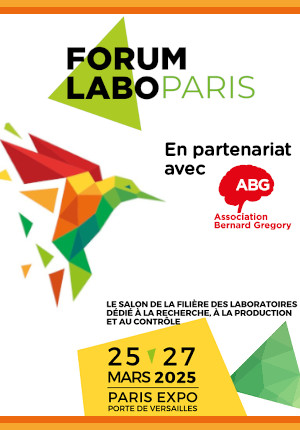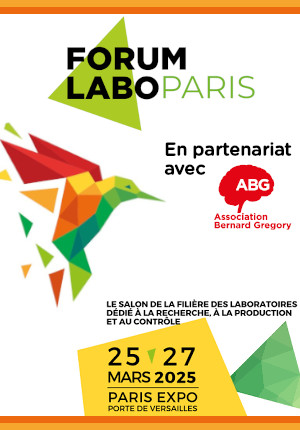Implementation of a methodology to assess the effects of cooling strategies on the outdoor and indoor environment
| ABG-128413 | Sujet de Thèse | |
| 07/02/2025 | Financement public/privé |
- Génie civil, BTP
- Ecologie, environnement
Description du sujet
Context of the Proposed PhD
The proposed work is part of a french national collaborative project VF++ ("Cool Cities by and for Users: Integrating Soft, Green, and Grey Solutions to Promote the Health of Inhabitants in a Sustainable Environment"). Its objectives are to develop methodologies to:
- Anayze how architectural and urban structures can create qualitative physical environments and kinesthetic ambiances that reduce individuals' cooling needs;
- Assess indoor/outdoor heat exposure of individuas, as well as the effects of heat adaptation strategies on the quality of the environment;
- Determine how individua and environmental factors affect individuals' thermophysiological and sensory responses, as well as health-related formal parameters, and assess these effects;
- Link socio-spatia inequalities to individuals' experiences and practices in dealing with overheating and their heat tolerance.
In connection with the second objective, urban microclimate tools are effective in testing the impacts of adaptation and cooling strategies on the climate. Building energy tools show the influence of the local climate, among other things, on indoor comfort and the energy demand of buildings. Coupling these two types of tools enables the study of the interdependencies between urban heat mitigation and the cooling potential of buildings.
Overheating adaptation solutions are frequently studied in outdoor environments, but their combined impact on both outdoor and indoor spaces, as well as on thermal comfort and human health, remains underexplored. In some cases, outdoor and indoor environments are not entirely distinct and interact, which complicates the development of multi-scale physical models suited to these situations.
Strategies to cool cities are developed considering multiple scales, from the urban scale to the individual scale, while adopting a dynamic approach that integrates daily and seasonal variations. Their implementation and effectiveness depend on the climatic specifics and the characteristics of urban planning. There is no single solution capable of solving the urban overheating problem by itself. Therefore, urban projects typically combine several solutions. However, it is essential to recognize that some of these solutions may be incompatible or cancel each other out, while others may work in synergy and reinforce each other's effects.
Scientific locks and Methods
Thus, the various questions that arise are:
- What is the most appropriate modeing approach to assess the effectiveness of different strategies on the indoor and outdoor comfort of residents?
- What evel of detail is required to represent these solutions in modeling tools?
- How to assess or vaidate the modeling tool with experimental measurements?
- Which physica and thermophysiological comfort indicators should be retained and developed to represent the thermal perception of individuals exposed to high heat in the modeling tool?
Missions
The PhD candidate will develop a modeling approach adapted to both outdoor and indoor environments and open spaces where the interior/exterior dichotomy is no longer valid.
They will integrate different solutions, such as:
- Detached facades,
- Thick facades (taking into account renovation strategies),
- Vegetation around buidings or on an envelope element.
Ultimately, the PhD candidate will develop a methodology accompanied by proof of concept and case studies aimed at analyzing the thermal impacts of adaptation strategies in various urban contexts. This evaluation will include the analysis of summer and winter weather conditions, as well as taking into account future climate projections.
The PhD candidate will base their work on a detailed experimental reference campaign in Garibaldi Street (Lyon) and an adjacent building to validate the model, the functioning of various cooling solutions, and the exposure of individuals to heat.
Prise de fonction :
Nature du financement
Précisions sur le financement
Présentation établissement et labo d'accueil
Location
Nantes, France
The supervising team is composed of researchers at Cerema BPE, Univ de la Rochelle (LaSIE) and INSA de Lyon (CETHIL)
The BPE project team is organised in 3 research areas relating to characterisation of envelope, materials and walls, assessment of the overall performance of the building, and interactions between buildings and urban micro-climates.
Intitulé du doctorat
Pays d'obtention du doctorat
Profil du candidat
Expected Skills
Education: Master's degree in civil engineering or environmental sciences, with a good knowledge of urban microclimatology or heat transfer.
Knowledge: Engineering sciences, Urban physics, Building physics, Environmental sciences.
Programming, Data processing. Teamwork, listening skills.
Vous avez déjà un compte ?
Nouvel utilisateur ?
Vous souhaitez recevoir nos infolettres ?
Découvrez nos adhérents
 Nokia Bell Labs France
Nokia Bell Labs France  Institut Sup'biotech de Paris
Institut Sup'biotech de Paris  MabDesign
MabDesign  ANRT
ANRT  Institut de Radioprotection et de Sureté Nucléaire - IRSN - Siège
Institut de Radioprotection et de Sureté Nucléaire - IRSN - Siège  Groupe AFNOR - Association française de normalisation
Groupe AFNOR - Association française de normalisation  ADEME
ADEME  SUEZ
SUEZ  Ifremer
Ifremer  PhDOOC
PhDOOC  Tecknowmetrix
Tecknowmetrix  CASDEN
CASDEN  ONERA - The French Aerospace Lab
ONERA - The French Aerospace Lab  Laboratoire National de Métrologie et d'Essais - LNE
Laboratoire National de Métrologie et d'Essais - LNE  TotalEnergies
TotalEnergies  Généthon
Généthon  MabDesign
MabDesign  Aérocentre, Pôle d'excellence régional
Aérocentre, Pôle d'excellence régional  CESI
CESI










